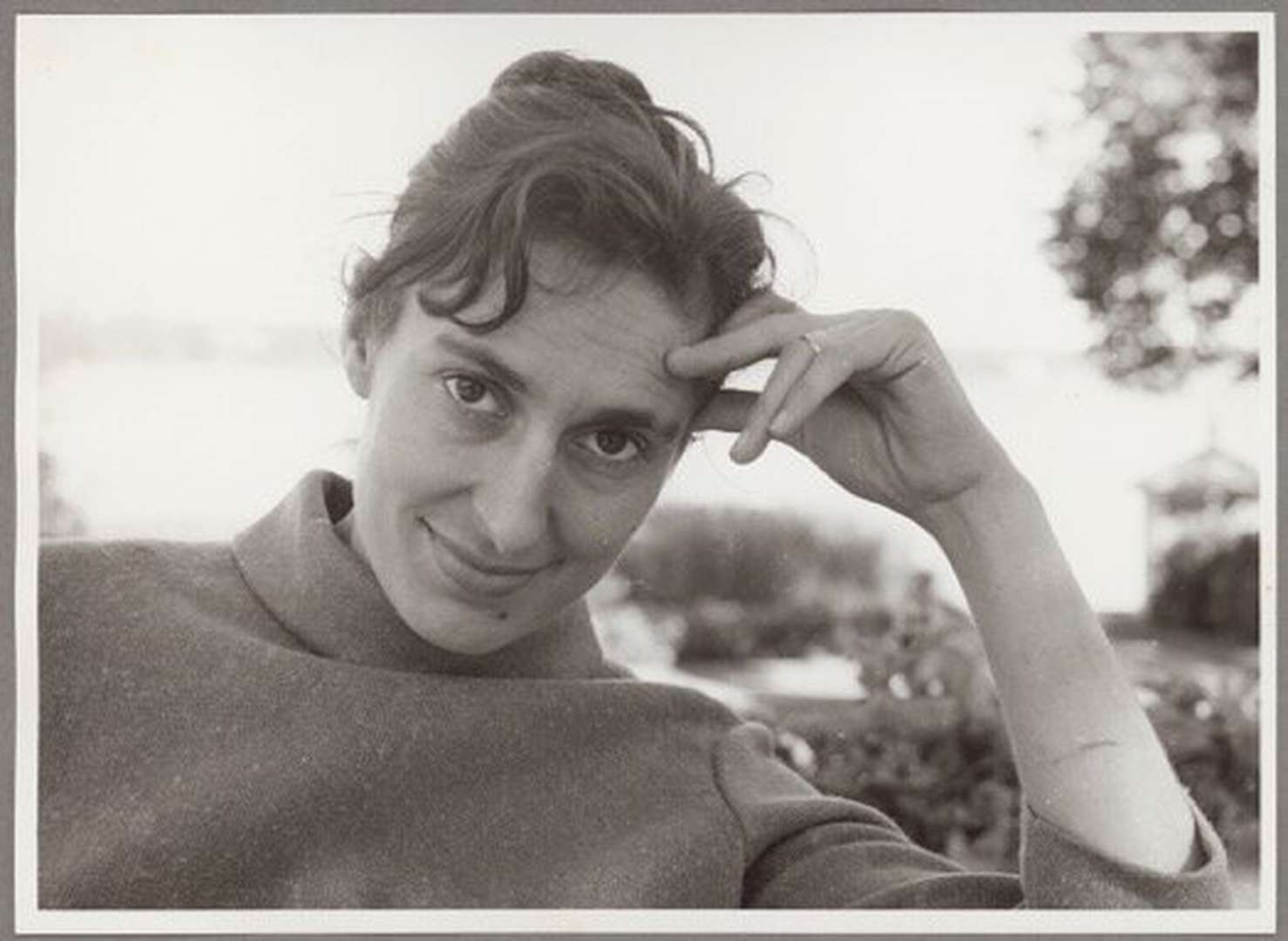Nowadays, books for children are probably among the most numerous works written and published for and by Roma. This reflects the importance of educating Romani children and strengthening Romani culture and identity through literature. Publications for Romani children in the Romani language and in translation, were among the first genres to be developed: the earliest such works date back to the emergence of original Romani literature as part of the quite well (though for only a decade) developed Romani literary landscape of the 1920 and the 1930s in the former Soviet Union.
In referring to Romani children’s ‘literature’, we must be inclusive and define it as ‘publications’ for Romani children. This includes educational materials, various books written by Romani and non-Romani authors for Romani children, periodicals and graphic novels for Romani children and translations into Romani of books for children and young adults in general (that is, irrespective of ethnicity).
In referring to Romani children’s ‘literature’, we must be inclusive and define it as ‘publications’ for Romani children. This includes educational materials, various books written by Romani and non-Romani authors for Romani children, periodicals and graphic novels for Romani children and translations into Romani of books for children and young adults in general (that is, irrespective of ethnicity).
Since the end of the 1960s, both the Romani international movement and European institutions (such as the Council of Europe) have adopted a proactive stance on the status of Roma and support for their language and culture, issuing various statements and recommendatory documents on Romani language, culture and education for the ‘Gypsy children in Europe’. The idea of promoting publications in Romani has been regarded as an important issue ever since the First World Romani Congress in London in 1971. At congresses of the International Romani Union, there have always been commissions and/or committees on the Romani language and publications and education in Romani.
In this international climate and thanks to welfare state policies (usually aimed at the provision of services for travelling populations), several publications for children had already appeared in Western Europe in the 1970s. Examples are Mo Romano Lil [My Romani Book] (1971) and The Romano Drom Song Book 1 (by Denise Stanley and Rosy Burke, 1971) in the UK and Amari śib [Our language] (1979), edited by Lambert Scherp, in Sweden.
In Eastern Europe before the regime changes of 1989, Romani literature production was encouraged in some countries, including the former Yugoslavia. There were, however, neither Romani children publications nor special educational programmes for Romani children. At the same time, Romani children, in the Eastern bloc were generally guaranteed educational rights as well as access to the mainstream school system, whereas Romani children’s access to education was still an issue in many Western European countries as late as the 1970s.





